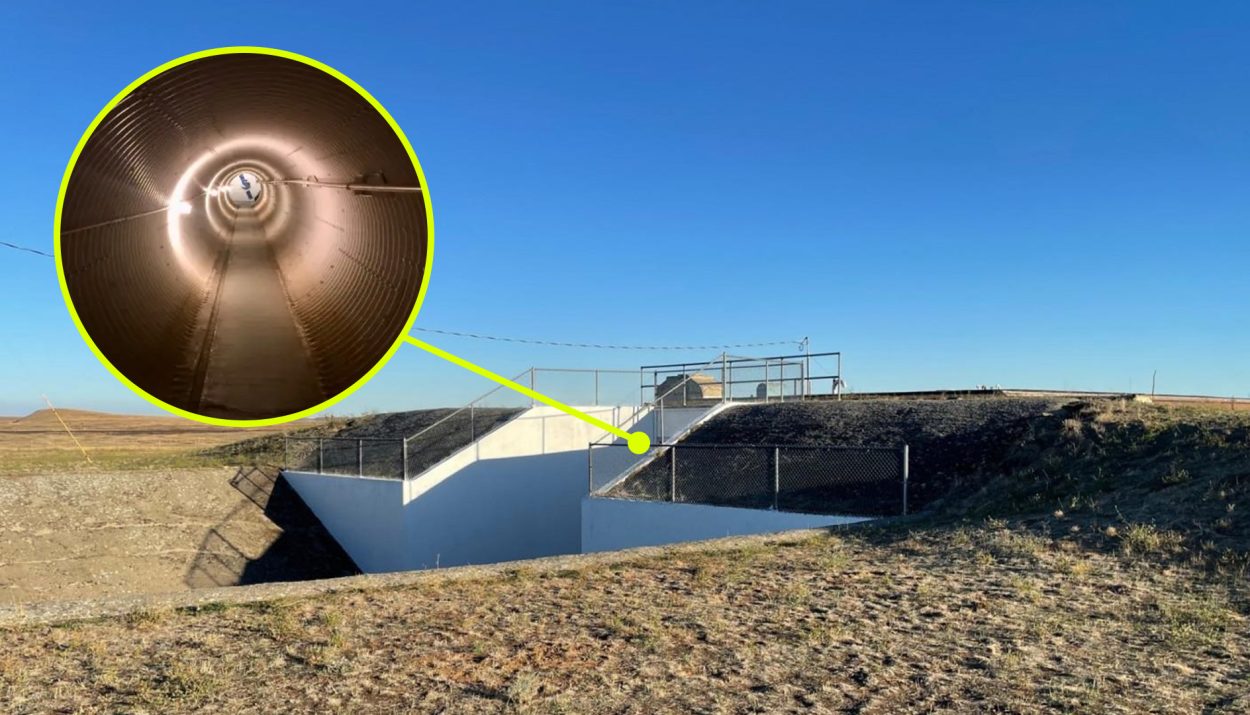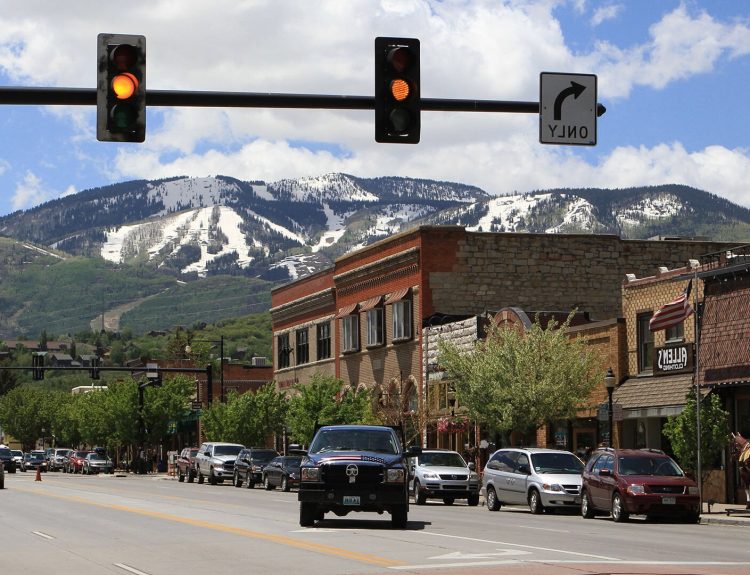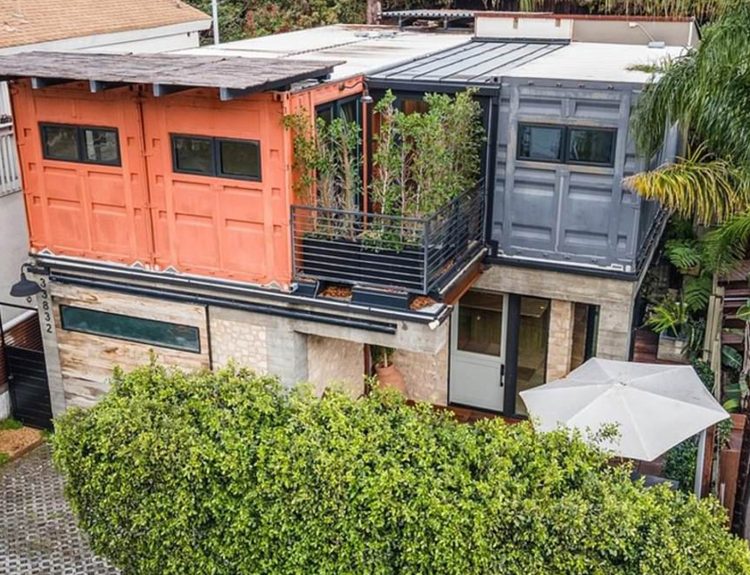Missile bunkers were littered around the US during the Cold War. With Russia’s nukes on the country’s doorstep, these buildings were the deterrent to stop them from striking. These days, they’re less useful, and some of them have even been converted into living spaces, like this one we’re discussing.
Half-Buried Under the Earth
During the Cold War, the US had hundreds of underground missile bunkers primed and ready for a nuclear war. After the collapse of the USSR, these bunkers remained unused for years. Many of them fell into disrepair, but a few have been renovated.
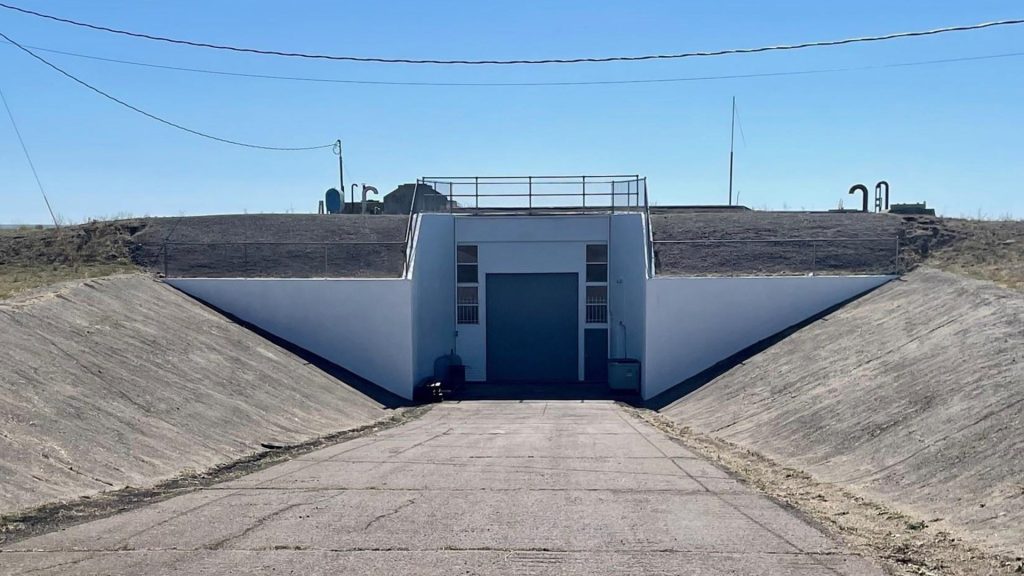
Buyers get super-secure vaults buried miles under the Earth within these renovated bunkers. The interior looks much like a regular apartment, although it’s quieter. This particular bunker is relatively close to a few population centers.
Close Enough for Groceries
According to the description, the missile base is located in Washington. It’s only 37 minutes by car from Spokane and four hours away from Seattle. People who choose to buy this property can even drive out for groceries without too much inconvenience.
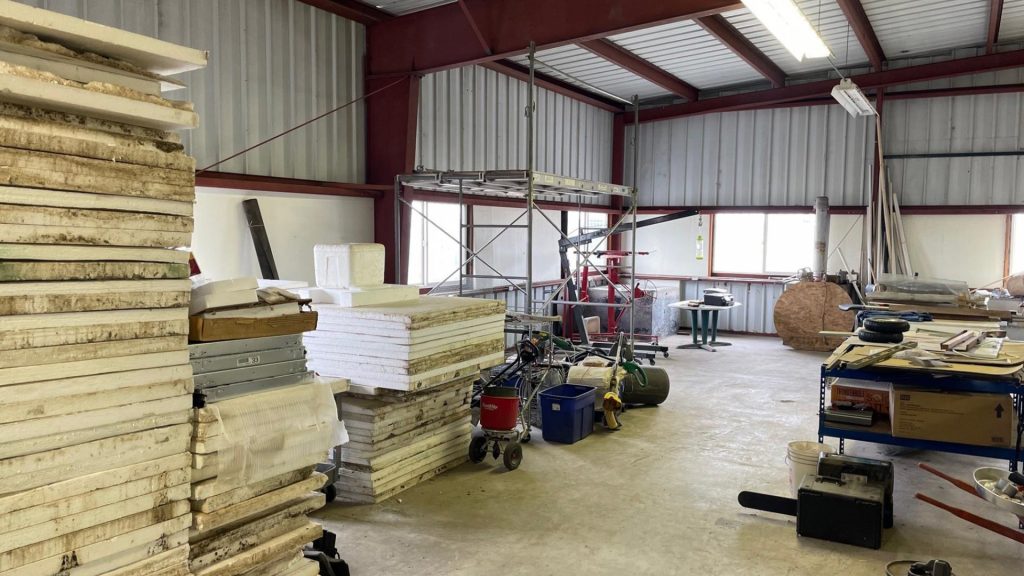
It’s also massive, covering approximately 16,740 square feet. The space comes with a location to store vehicles, and you can even drive a tractor into the vehicle area. Surplus food can also be stored here, making it an ideal spot for a doomsday prepper.
Ready To Move In
The interior of the bunker would have had to go through a lot of renovations to make it into a living space. Under the ground, these bunkers typically house offices and some living quarters for the staff stationed there. It’s pretty different to a living space.
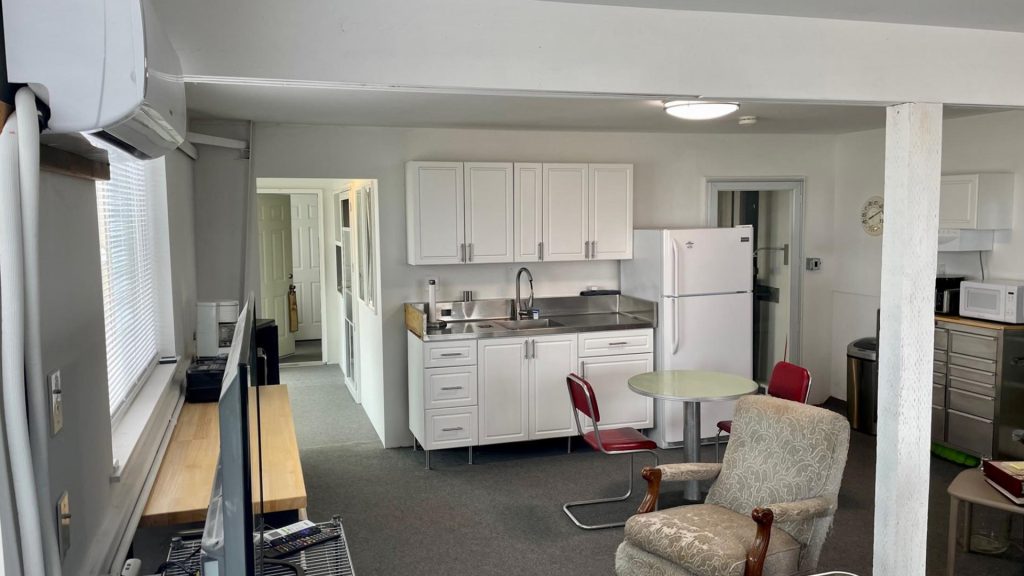
The renovations saw the building get three fully furnished bedrooms, three bathrooms, a games room, and a library. Based on that layout, it would be an excellent place for introverts to spend their time safely secluded from the rest of society.
More Land Than You Can Shake a Stick At
Missile bunkers used to be built away from population centers because they would be military targets. If there were a bombing raid, those would be some of the most prime targets to hit. Keeping them far off from the nearest city or residential district would mean putting them on their own massive tracts of land.
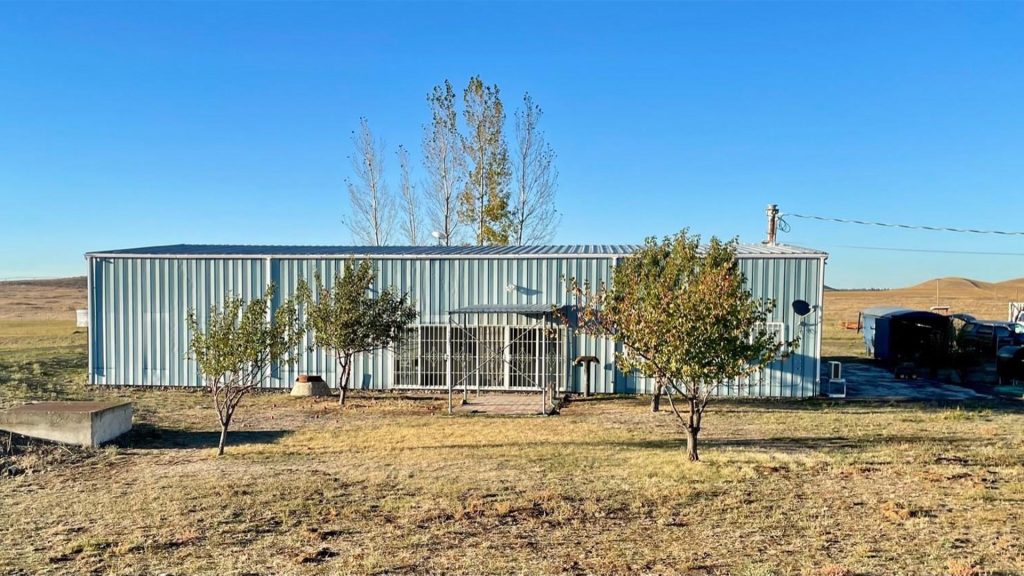
This Washington bunker is situated on 24.5 acres of land. Included in that massive parcel is its own landing strip. The house itself is almost entirely underground and insulated from the elements, but the enormous parcel also hides something even more intriguing.
Your Very Own Secret Tunnel Network
Running a military missile bunker requires communication between multiple places. It also has a considerable staff of its own and supplies to support that staff in case they are cut off from the control center. Naturally, they built tunnels that would connect to different parts of the bunker complex.
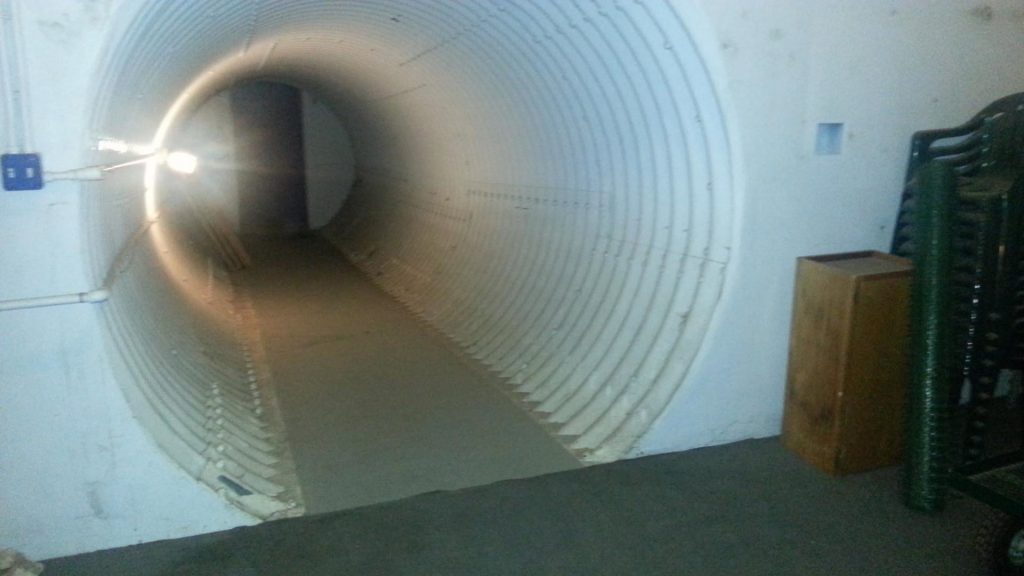
The site was built in the 1960s, so you probably won’t have cutting-edge modern technology inside those bunkers. The silo was active between 1961 and 1965 and was one of nine such silos that circled Cheyenne.
A Different Time For Everyone
Why were missile silos like these important? Between the 40s and the 90s, there was an ongoing battle for supremacy between the US and the USSR, what is now modern-day Russia, and some of its allies. There was a constant threat of one of them firing missiles at the other.
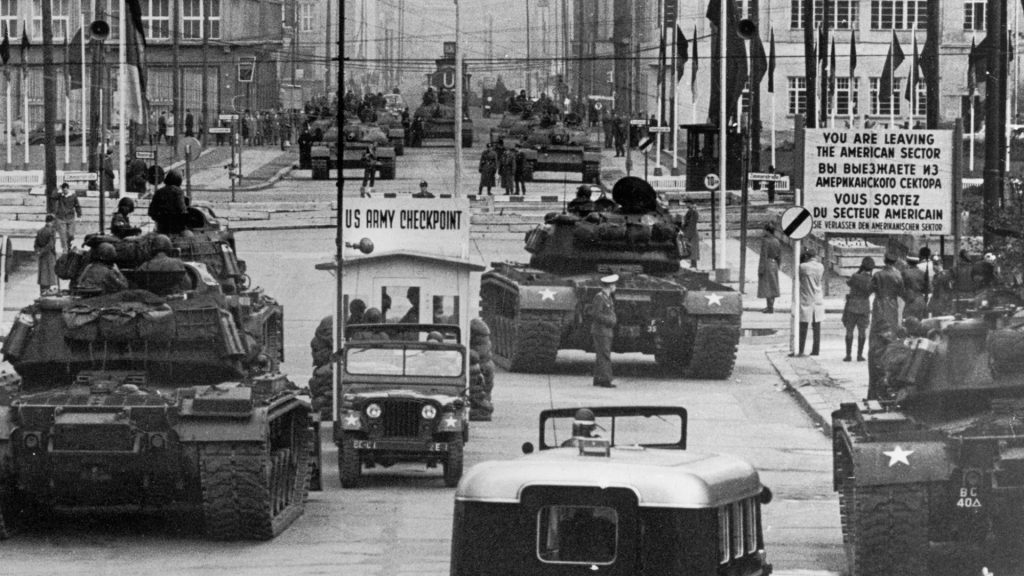
While this missile silo may not have housed nuclear weapons, it would have housed interceptor missiles to shoot incoming ones out of the sky. However, even silos like this one were limited during some critical points of the Cold War.
Close Calls for All
One of the closest points this silo ever got to being used was during the Cuban Missile Crisis of the 50s. During that time, Cuba, in the Caribbean, was allied with the USSR. In an agreement, the USSR shipped nuclear missiles to Cuba just to house them there.
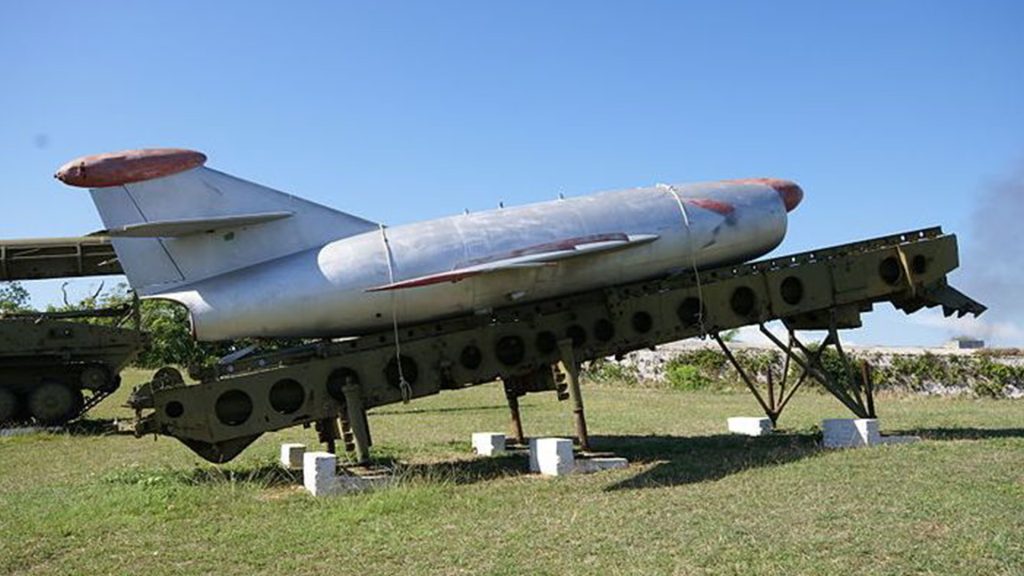
It caused panic in the US since missiles that close to the US couldn’t be detected until after they had hit a location. With frantic negotiations, both countries hashed out what could happen if the missiles remained there. Luckily, the USSR withdrew their nuclear weapons without them being fired.
Housing a Faster-Than-Sound Warhead
According to records, this particular silo housed a warhead called the “Atlas E.” This warhead was capable of flying at Mach IV, which is four times the speed of sound. It had a maximum range of 6,000 miles and could deliver a payload of up to 3.8 megatons of TNT.

These missiles would remain in the silo, ready for whenever they were needed. The US had established a massive tracking network around the Western Hemisphere to let them know if missiles were incoming so they could react quickly.
A Change in International Relations Makes it Obsolete
The USSR eventually collapsed in on itself in the 90s, leading to a de-escalation between the US and the former Soviet Union. Without a significant world power to oppose them, the US simply moved their missiles out of the silos and left them for nature to reclaim.

These silos can now be sold as housing because they’re no longer needed for national defense. Another silo located in the Adirondacks looks like a ranch house, despite being a converted missile silo.
The Changing Tides of History
Based on how the 90s were, many people weren’t convinced we’d even make it to the 2000s. The fact that we made it there makes it strange to see such a piece of history going up for sale. But still, that’s more than a million dollars for a home.

Regardless, it’s got more than enough floor space for anything anyone could want, along with a huge backyard. Many introverts would enjoy having a game room and library so isolated from civilization that they can’t be distracted. Would you spend more than a million dollars to live in a place like this?

